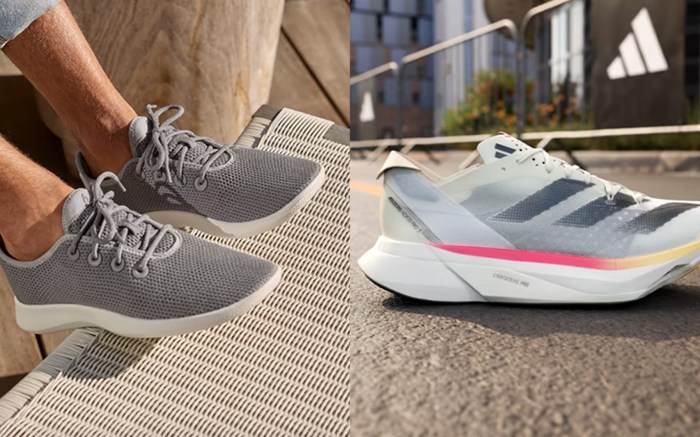Following Kelvin Kiptum breaking the world record for his time in the Chicago Marathon in October, Nike has announced the release for the innovative shoes he wore while accomplishing the feat.
The sportswear giant has announced the Nike Alphafly 3, a prototype of which Kiptum wore, will go on sale in January. The sneaker will be the latest in a series of record-breaking marathon sneakers from Nike.
While maintaining the core elements of the Alphafly series, the third iteration is the lightest yet and was subject to the most testing. Three Air Zoom units, a carbon fiber Flyplate, and ZoomX foam form the core of the sneaker’s tech and have been retuned for optimization.
Watch on FN

The midsole of the Alphafly 3 has been reconfigured as a continuous piece for a better hell-to-toe transition, and the full-length Flyplate has been made wider in its bid for propulsion and stability. New Fast Shot technology is used for the outsole, while the upper also features a new Atomknit 3.0 material to improve containment, breathability, and midfoot support. A redesign for the lacing system sees the eyestays integrated into the upper for a softer fit atop the foot, and a new last was also created for better arch support and reduced rubbing throughout the foot.
Nike says it compiled its largest-ever women’s testing pool to help inform the Alphafly catering to all marathoners.
Eliud Kipchoge, the previous record holder, wore the Nike Air Zoom Alphafly Next% 2 when he broke his own world record at the 2022 Berlin Marathon. He also wore a prototype for the first Vaporfly when he became the first person run a marathon in under two hours back in 2019. Despite it being the fastest time ever recorded, however, it is not recognized as a record by World Athletics because of Kipchoge’s use of pacemakers, hydration provided by bicycle, and a lack of open competition.

This era of “supershoes” has seen Nike, Adidas, Asics, and other manufacturers compete against each other with the use of ultra-thick and responsive foams, carbon-fiber plates, and more technology to provide every possible advantage. Just a few weeks ago, Tigst Assefa broke the women’s marathon world record while wearing the recently launched Adidas Adizero Adios Pro Evo 1, the lightest running shoe the company has ever made.
After Kipchoge broke the two-hour mark in a pair of Vaporflys, World Athletics banned the shoes and set new rules for sneakers allowed in competition. Under current regulations, shoes can have a midsole no thicker than 40mm and can feature no more than one stiff plate such as the carbon-fiber plates typically used. A shoe must also be “available to purchase by any athlete on the open retail market” for at least four months. Despite not yet being for sale, the Alphafly 3 has already been approved by World Athletics for use until Dec. 3.
The Nike Alphafly 3 will release Jan. 4 through Nike’s website and app, along with select running specialty stores. Pricing has yet to be announced but should come somewhere near $300.




About the Author:
Ian Servantes is a Senior Trending News Editor for Footwear News specializing in sneaker coverage. He’s previously reported on streetwear and sneakers at Input and Highsnobiety after beginning his career on the pop culture beat. He subscribes to the idea that “ball is life” and doesn’t fuss over his kicks getting dirty.

